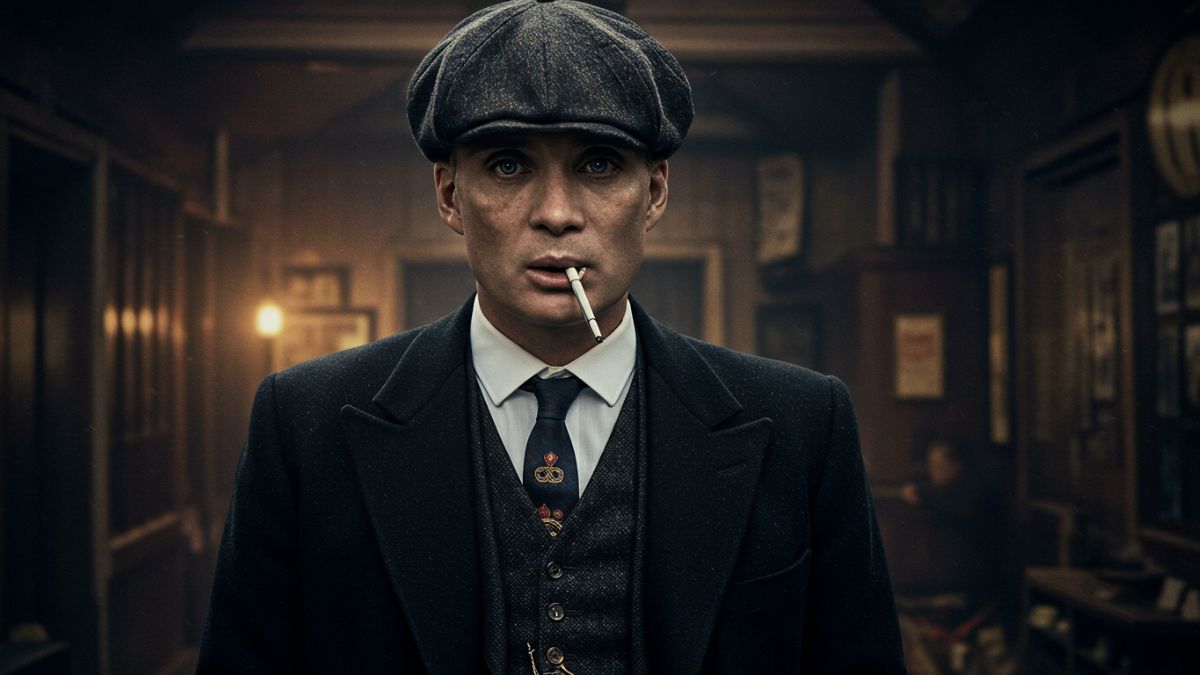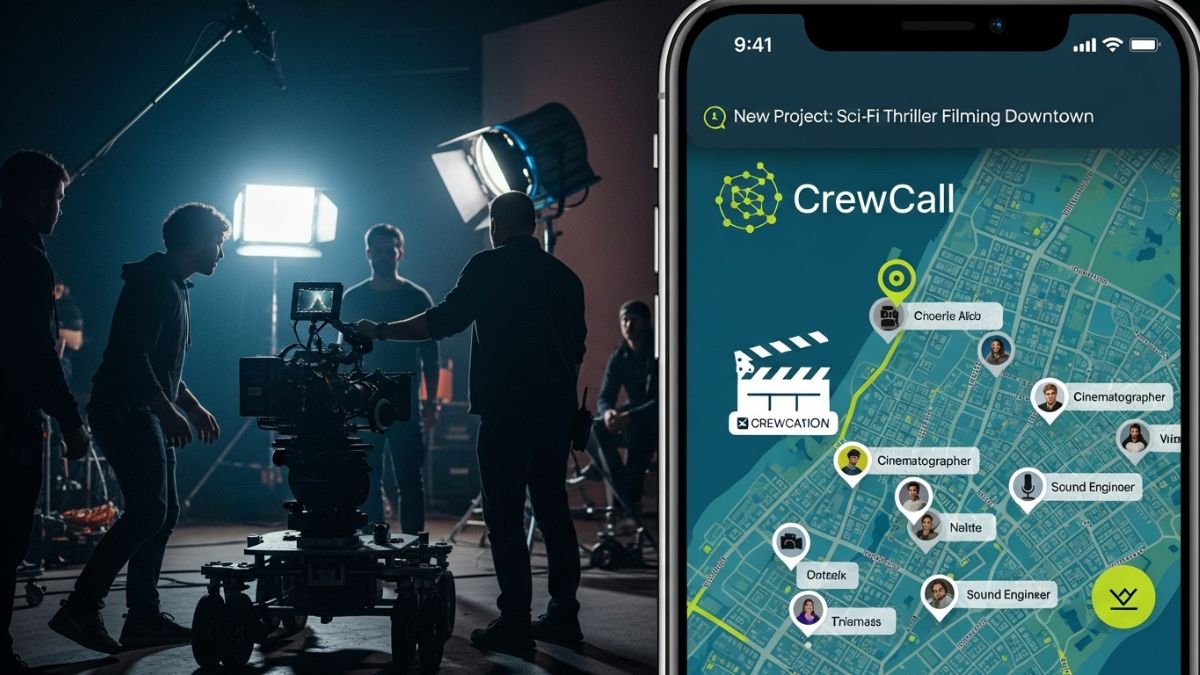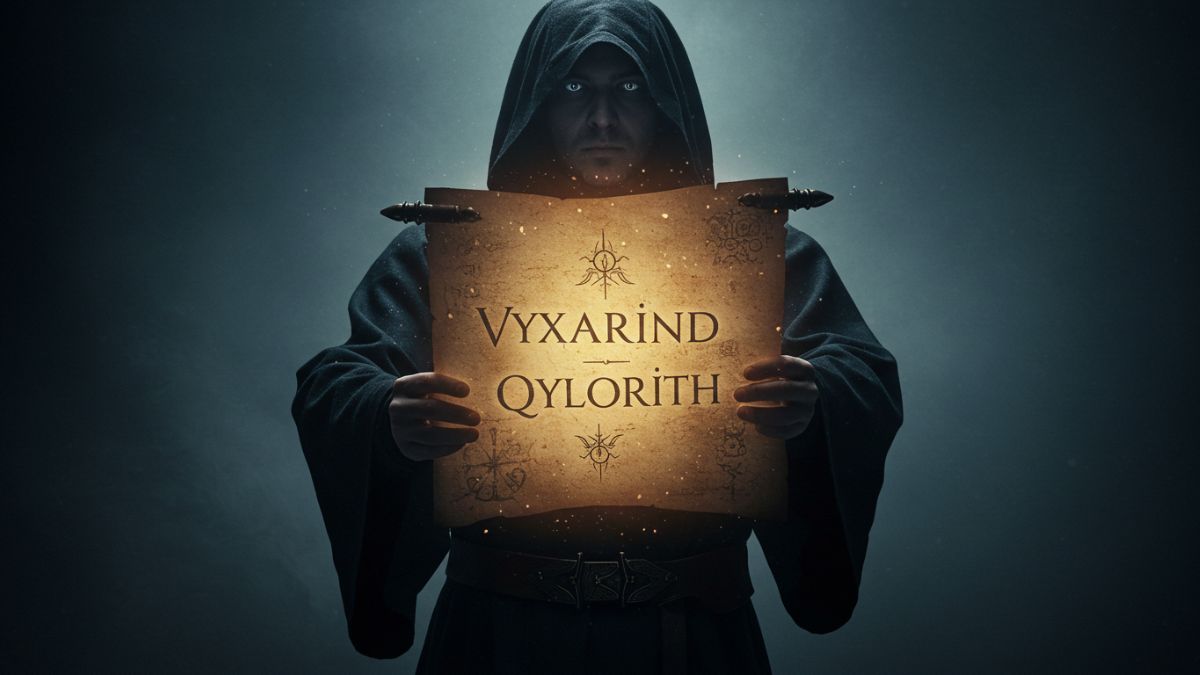From its very first scene, Peaky Blinders establishes itself as a force of nature in television crime drama. Set against the smoky backdrops of post–World War I Birmingham, this series weaves history, heartbreak, and high-stakes ambition into an unforgettable narrative. In this article, we’ll explore the origins, key figures, visual flair, and enduring legacy of Peaky Blinderss, showing why it continues to enthrall viewers worldwide.
Discovering the Origins of Peaky Blinders
The roots of Peaky Blinders extend into the real streets of late 19th-century Birmingham, where a loosely organized gang earned notoriety for their flat caps and razor blades. Although the television series transports us to the early 1920s, the spirit of the original Peaky Blinderss remains at its core. Creator Steven Knight, drawing upon family lore and local legend, injected authenticity by blending factual events—like the Irish War of Independence—with fictional twists. This fusion of truth and imagination gives Peaky Blinderss its unique energy and keeps viewers guessing which parts are real and which are dramatized.
Peaky Blinders Characters Who Define the Show
Tommy Shelby: The Calculating Visionary
At the heart of Peaky Blinders is Tommy Shelby, portrayed by Cillian Murphy. A decorated war veteran, Tommy’s ambition knows no bounds as he transforms a small-time bookie operation into a sprawling criminal enterprise. Beneath his icy exterior lies a man haunted by battlefield memories, making his rise all the more compelling.
Arthur Shelby: The Turbulent Loyalist
Arthur Shelby, Tommy’s older brother (played by Paul Anderson), provides muscle—and emotional volatility—to the Peaky Blinderss narrative. Struggling with postwar trauma, Arthur oscillates between fierce loyalty and self-destructive rage, showcasing the series’ willingness to probe its characters’ inner demons.
Polly Gray: The Steadfast Matriarch
Helen McCrory’s portrayal of Polly Gray gave Peaky Blinderss its moral compass. As the family’s treasurer and Tommy’s confidante, Polly balances vulnerability with steely resolve, guiding the Shelby clan through every crisis.
Other Notable Figures in Peaky Blinders
-
Ada Shelby: Defying family expectations, Ada—played by Sophie Rundle—advocates for workers’ rights and later becomes entangled in political intrigue.
-
Michael Gray: Introduced as Polly’s son, Michael (Finn Cole) evolves from a timid accountant into a key player in the family business.
-
Alfie Solomons: Tom Hardy’s unpredictable gangster adds volatility and dark humor, making every Alfie-centric Peaky Blinderss scene memorable.
The Visual Signature of Peaky Blinders
One glance at Peaky Blinders and you recognize its distinct aesthetic. The show’s costume designers meticulously recreate 1920s fashion—think wool overcoats, tailored suits, and of course, signature peaked caps. Cinematographer George Steel amplifies this wardrobe with moody, high-contrast lighting, often casting characters in silhouette against factory skylines or dimly lit pubs. This visual style not only captures historical authenticity but also underscores the series’ themes of power and secrecy.
Soundtracking the Streets: Music in Peaky Blinderss
Contrasting its period setting, Peaky Blinders features a modern rock soundtrack that defies expectations. Arctic Monkeys, Nick Cave & The Bad Seeds, and Radiohead infuse the show with a raw, contemporary energy. This anachronistic choice heightens tension and connects 21st-century audiences to the Peaky Blinderss’ world in a visceral way. Whether driven by a pounding drumbeat in a chase scene or a haunting ballad during moments of reflection. The music becomes a character in its own right.
Historical Context and Creative License
While Peaky Blinders nods to real events—such as the rise of communism in Britain, the economic turmoil following the Great War, and the ascent of fascist politics—it takes creative liberties to heighten drama. Figures like Winston Churchill and Oswald Mosley make appearances, anchoring the show in recognizable history. Yet, the central Shelby family remains fictional, allowing Steven Knight to explore “what if” scenarios that amplify tension without being bound by strict accuracy.
Peaky Blinderss’ Cultural Impact
Since its premiere, Peaky Blinders has transcended television to influence fashion runways, bar interiors, and even craft breweries. Fans worldwide don replica caps and Avalon-brand boots; themed pubs recreate Shelby-owned establishments; and conventions draw thousands eager to debate plot twists. Academia, too, has taken notice, with scholars analyzing the series’ portrayal of masculinity, trauma, and class struggle. By weaving entertainment with social commentary, Peaky Blinderss maintains relevance long after its on-screen events conclude.
Awards, Accolades, and Global Reach
Over six riveting seasons, Peaky Blinders garnered critical acclaim and numerous awards. Including BAFTAs for Best Drama Series and multiple nods for acting and costume design. Its universal themes of ambition and survival, combined with Netflix distribution. Have propelled the show into markets from North America to Asia. Where subtitles and dubs bring the Shelby saga to non‑English speakers.
The Future of Peaky Blinders: Film and Beyond
Although the television series wrapped in 2022, the Shelby story continues. A feature film is in production to bridge loose ends and reunite fans with their favorite characters. Steven Knight has also teased potential spin‑offs exploring other facets of postwar Britain. Ensuring the Peaky Blinderss universe remains fertile ground for new narratives.
Why Peaky Blinders Still Matters
What sets Peaky Blinders apart is its ability to blend gritty realism with operatic drama. The Shelby family’s relentless pursuit of power mirrors universal human desires. While their personal tribulations remind us of war’s indelible scars. With its signature look, electrifying soundtrack, and richly layered characters. Peaky Blinderss stands as a landmark in television storytelling—one that will influence creators and captivate audiences for years to come.











